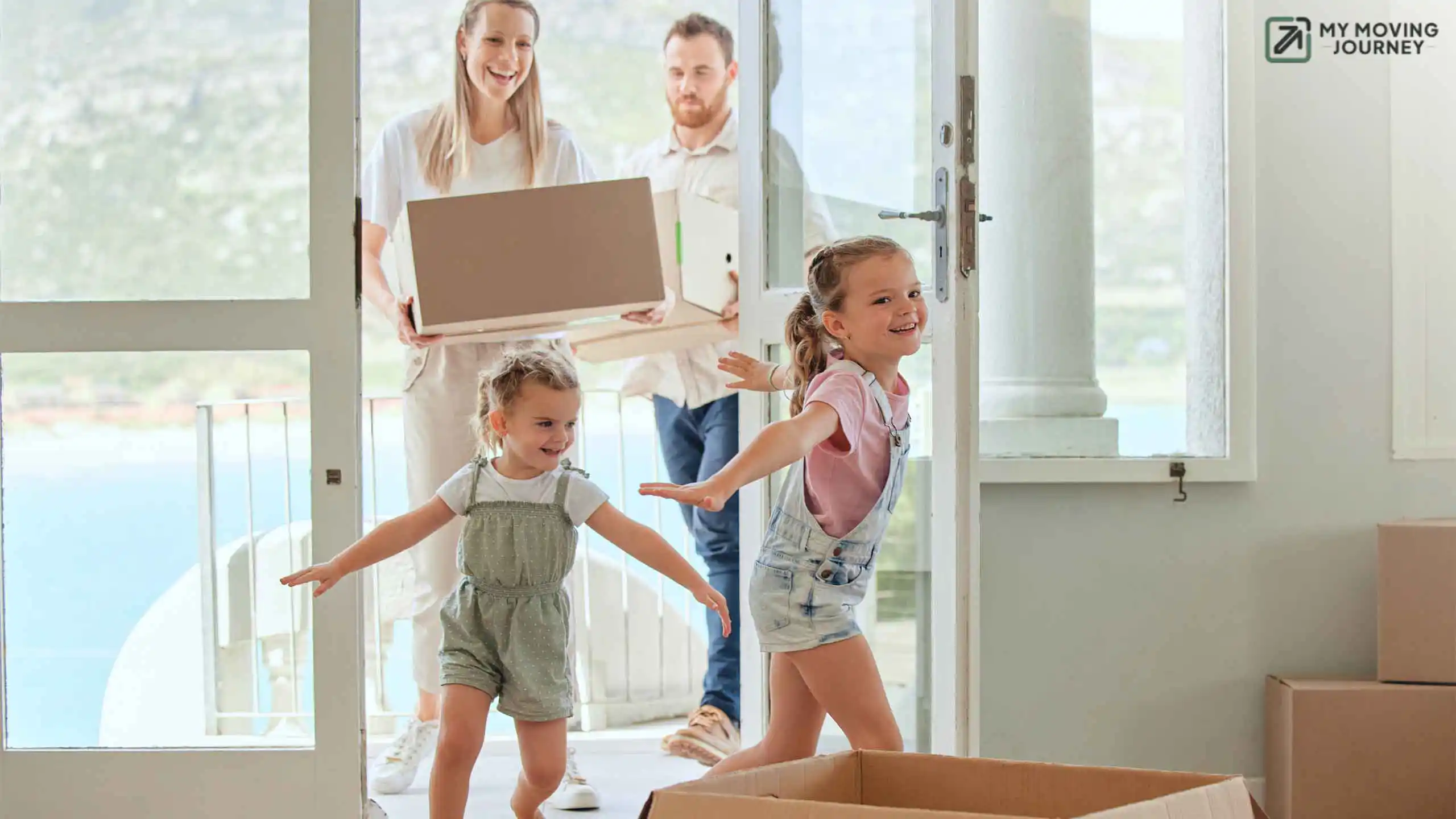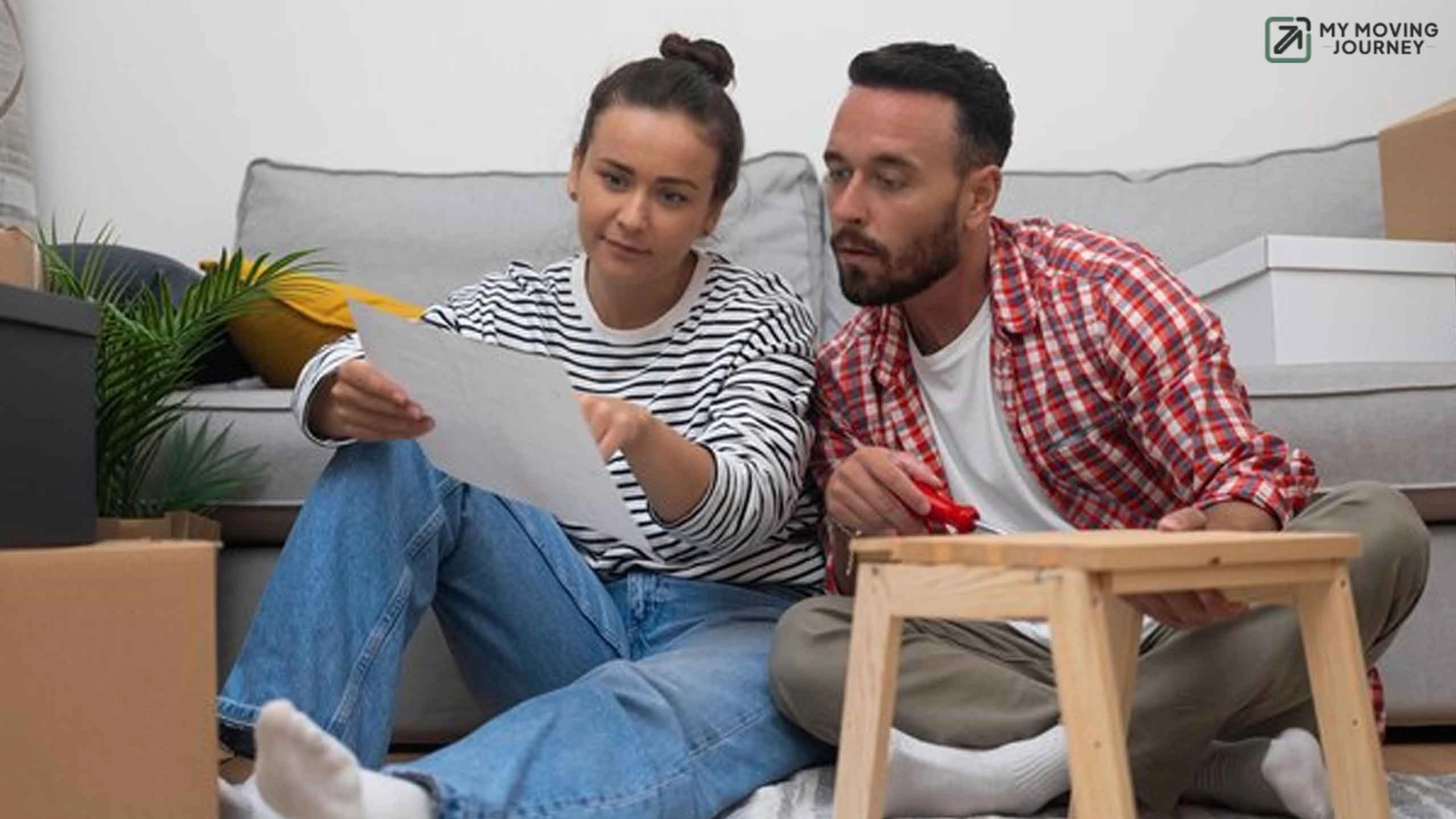Moving from one state to another is a stressful experience, yet it can be exciting, too. Many people hire moving services from professional movers to avoid heavy lifting and not to do any major tasks.
Nowadays, due to an increase in the prices of moving services, DIY moving is becoming popular among people. DIY or do-it-yourself moving includes packing and loading your belongings by yourself, driving them to your new destination, and assembling your new house all by yourself.
It looks very stressful experience, but it has many advantages that cannot be denied. The primary importance of DIY moving is cost cutting because no one wants to pay $4,000 to a moving company. Other advantages that DIY provides are flexibility and reliability in your move.
Let's check out some tips and techniques that can make your DIY move a walk in the park.

Moving yourself provides a significant workout. Lifting boxes, loading and unloading the truck, or long walkways can burn a substantial number of calories. On average, moving can burn between 300-600 calories per hour!
Plan your DIY Move
Planning is key when it comes to a successful DIY move. The earlier you start, the smoother your journey will be. Begin by mapping out every step of the process and creating a list of tasks.
First, focus on the basics. Are you going to rent a moving truck or trailer, or will you borrow one from a friend? According to recent studies, renting a moving truck can cost anywhere between $20 and $100 per day, depending on the size and distance of your move. Weigh your options to see what best fits your budget and needs.
Next, categorize your belongings into heavy and light items. Decide if you want to handle everything yourself or hire professional movers for the heavy lifting while you take care of the lighter items.
Did you know that hiring professional movers for heavy items can save you from potential injuries and can cost around $25 to $50 per mover per hour? It's worth considering if you have bulky furniture or appliances.
Timing is crucial. Plan your move outside the busy seasons of May through August. During these peak months, moving services and rentals can be up to 30% more expensive due to high demand. By scheduling your move during off-peak times, you’ll likely find better deals and more availability.
Remember, the goal is to make your move as accommodating as possible. Whether you choose to rent a truck or borrow one, or whether you hire movers for the heavy items or do it all yourself, the important thing is that it works for you.
Get a Help from Helpers
DIY moving doesn't mean you have to do everything on your own. Relocating all your belongings to another city or state is a big task; having some help can make a world of difference. The best option is to ask your family and friends to lend a hand.
Moving isn't cheap and comes with its own set of challenges. It's estimated that a DIY move can cost between $500 to $1,500, depending on the distance and size of your move. With these costs and complexities, being careful with your belongings is crucial. Things can go wrong during a DIY move, so make sure to ask your helpers to handle everything with care.
If your friends or family members aren't available, consider asking your neighbours. You'd be surprised how willing people can be to help out. Another great option is to hire moving labors. These helpers can be hired at rates ranging from $20 to $40 per hour, which is a small price to pay for the extra hands.
One of the most challenging things to do during a DIY move is moving a pool table. Read How to Get Rid of an Old Pool Table to learn its nooks and crannies.
Move on weekends
Moving on weekends is often the best choice for several reasons. First, there's less rush from moving companies, and your friends and family are usually more available to help with packing and loading.
Most people prefer to move on weekends or at the end of the month. This timing is convenient because you don't have to take time off work. You can handle all the moving tasks without worrying about your job.

Nearly 60% of DIY movers choose weekends for their moves due to these benefits.
Relocating on weekends also has practical advantages. The cost and rent of moving trucks and trailers are often lower, and traffic is typically lighter, so you don’t have to worry about getting stuck on the road.

Renting a moving truck for a DIY move can save you up to 50% compared to hiring professional movers.
Moving Equipment for DIY Move
It is really stressful to realize that on a moving day, you don't have the required equipment to move your belongings. Here is a list of some of the basic moving equipment that is essential in every move.
| Equipment | Description |
|---|---|
| Moving Dolly | Helps move heavy items easily. Comes in two types: utility dolly and furniture dolly, depending on what you need to move. |
| Furniture Sliders | Makes it easy to slide heavy furniture around the house, thanks to the rubber sliders. |
| Moving Blankets and Pads | Protects delicate items during the move with thick padding, keeping them safe from damage. |
| Straps and Rope | Helps secure and move heavy items with less effort. Useful for tying down items in the moving truck or trailer. |
| Toolkit | Includes basic tools like a measuring tape, scissors, hammer, and drill. Handy for assembling and disassembling furniture during the move. |
How to Disassemble Furniture for DIY Move
Relocation is a huge task if you are doing DIY moving, especially when it comes to heavy furniture like beds, cabinets, and drawers.
Here are some tips and methods that you can use to dissemble your furniture.
| Tip | Description |
|---|---|
| Use Zipper Bags for Screws and Bolts | Gather plenty of zipper bags to store screws and bolts from disassembled furniture. Label each bag with its specific furniture (e.g., bed screws, cabinet screws). |
| Decide Which Furniture to Disassemble | Plan which furniture needs disassembling and which can be moved in its original form. |
| Measure Truck or Trailer Size | Measure the size of the truck or trailer you're using. Plan how much furniture needs to be disassembled to fit properly in the space available. |
| Read Instruction Manuals | Read instruction manuals for each piece of furniture before disassembling it to avoid complications. |
Packing Tips for DIY Move
Moving to a new house is exciting, but packing can be exhausting.
Here are some tips to make it easier:
Choose Suitable Box Sizes
Selecting the right box sizes is compulsory. Avoid boxes with too much extra space. Start packing items like shoes, sealing them properly with tape and wrapping paper.
Get Free Boxes
Save on costs by finding free boxes. With box prices rising, look for free options around your house, ask neighbours and friends, or search online. Websites like Freecycle or Craigslist often have listings for free moving boxes.
Label Your Boxes
Labelling boxes might seem minor, but it makes a huge difference. It helps you remember what's inside each box and where to place them in the moving truck. Clearly labelled boxes also ensure that fragile items are handled with care.
Pack Fragile Items Carefully
Fragile items, like dishes and plants, need extra attention. Use bubble wrap and provide proper cushioning to avoid breakage.
According to moving experts, poorly packed fragile items cause about 20% of damage during moves, so take your time with these.
How to Handle Transportation in Your DIY Move?
Choosing the right truck size is essential to accommodate all your belongings. There's nothing more frustrating than picking a truck that's too small or too large, leading to wasted space or multiple trips.
Selecting the right truck size is integral. It depends on the number of items you have and the overall volume of your belongings. A reliable and comfortable truck with enough storage capacity will make your move smoother.
According to moving experts, a 10-foot truck is generally suitable for a studio or one-bedroom apartment, while a 20-foot truck is better for a two to three-bedroom home.
However, choosing the right truck is only part of the equation. You also need to pack it efficiently. No matter how big the truck is, it won’t help if you don’t load your belongings systematically.
Arrange items symmetrically, with heavier items on the bottom and lighter, fragile items on top. Properly packing your truck can maximize space and prevent damage during transit.

On average, DIY movers underestimate the time needed to pack by 30%, leading to a rushed and stressful moving day.
Tips for Loading During Your DIY Move
Loading and unloading your truck can be one of the trickiest parts of a DIY move. Doing it right can save you a lot of time and prevent damage to your belongings.
Here are five tips to keep in mind:
- Load Heavy Items First: Place heavy items like furniture and appliances at the bottom and towards the front of the truck. This helps balance the truck and prevents heavier items from crushing lighter ones.
- Distribute Weight Evenly: Make sure the weight is evenly distributed from side to side and front to back. This not only helps in safer driving but also prevents items from shifting during transit. Uneven weight distribution can lead to items shifting and potential damage.
- Protect Fragile Items: Wrap fragile items in bubble wrap and use blankets or padding to protect them. Place these items on top of heavier items and ensure they’re secured. According to a survey, about 20% of damage during moves happens to fragile items, so extra care here is essential.
- Use Straps and Ties: Use straps and ties to secure your items in place. This prevents them from moving around during the drive. Secure loads are 60% less likely to get damaged, making this step crucial.
Mistakes to Avoid During Your DIY Move
DIY moving sure is a good alternative to move, but it comes with several risk factors when it is your first time doing it.
Let's discuss some of the mistakes that you can avoid to minimize the risk factors and have a smooth move.
| Mistake | Description |
|---|---|
| Procrastination | Procrastination leads to last-minute rushes and mistakes. Start early to stay on track and avoid stress. |
| Not Decluttering | Failing to declutter adds unnecessary items, increasing costs and making packing harder. Clear out what you don't need. |
| Using Cheap Materials | Cheap packing materials risk damaging your belongings. Invest in quality boxes, tape, and padding to protect your items. |
| Not Labeling Boxes | Skipping labels creates chaos during unpacking. Label boxes by room and contents to save time and effort. |
| Choosing Wrong Truck Size | Picking the wrong truck size can cause loading issues. Measure your items and choose a truck that fits everything. |




